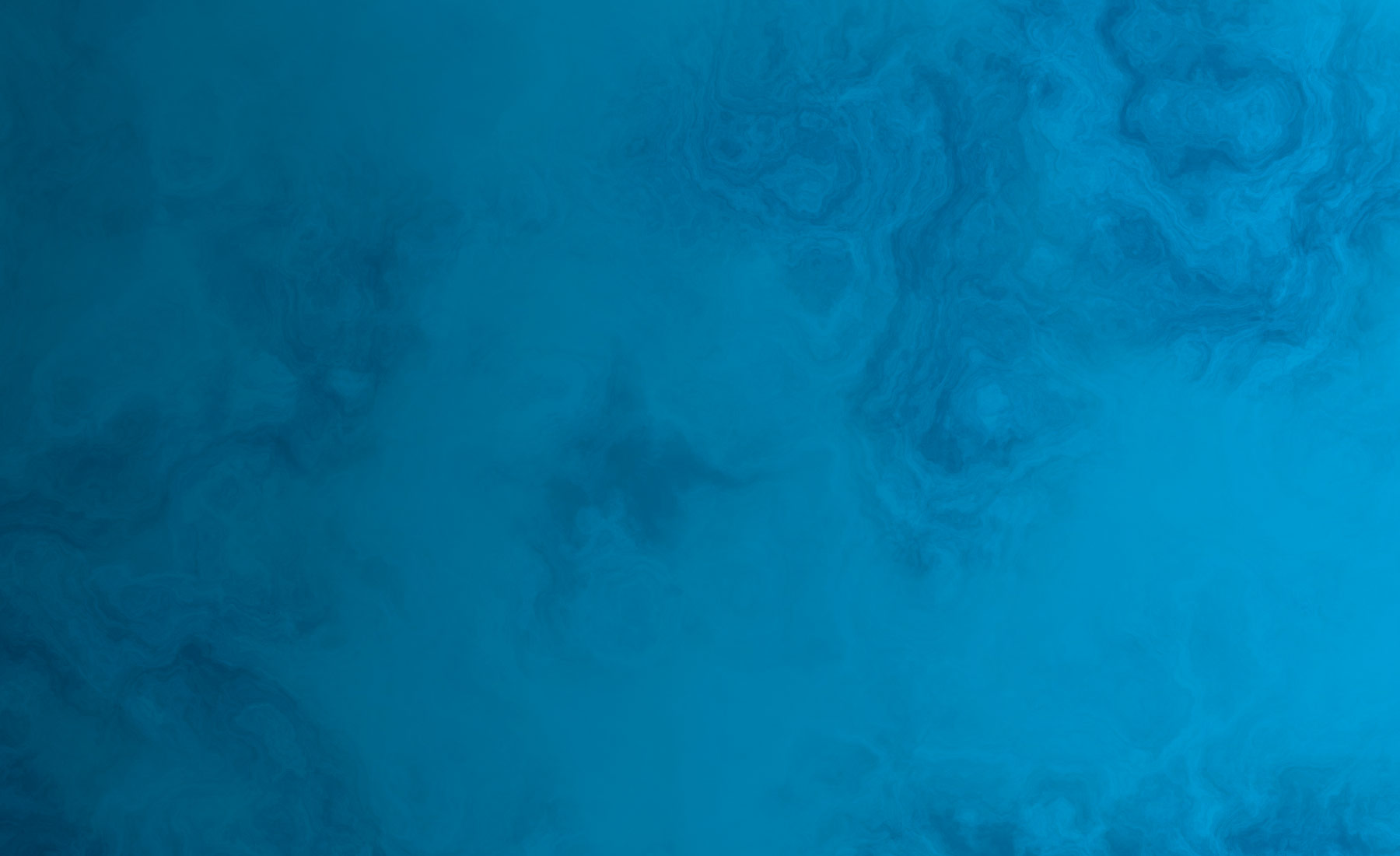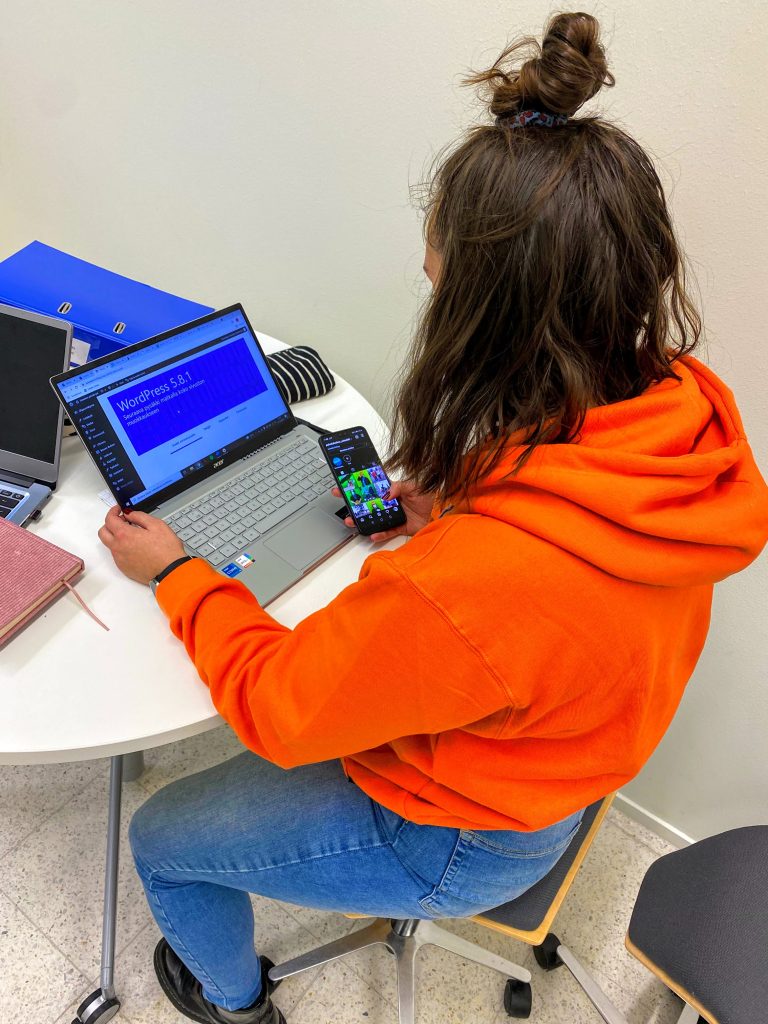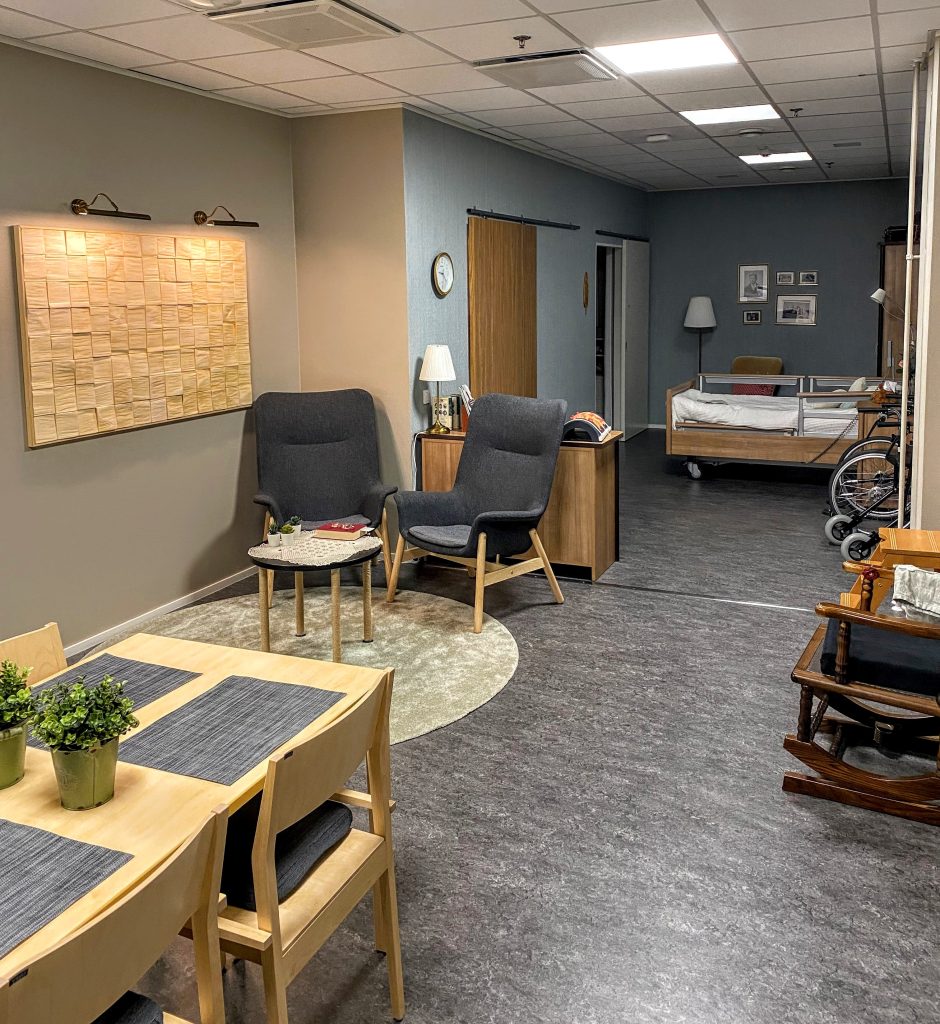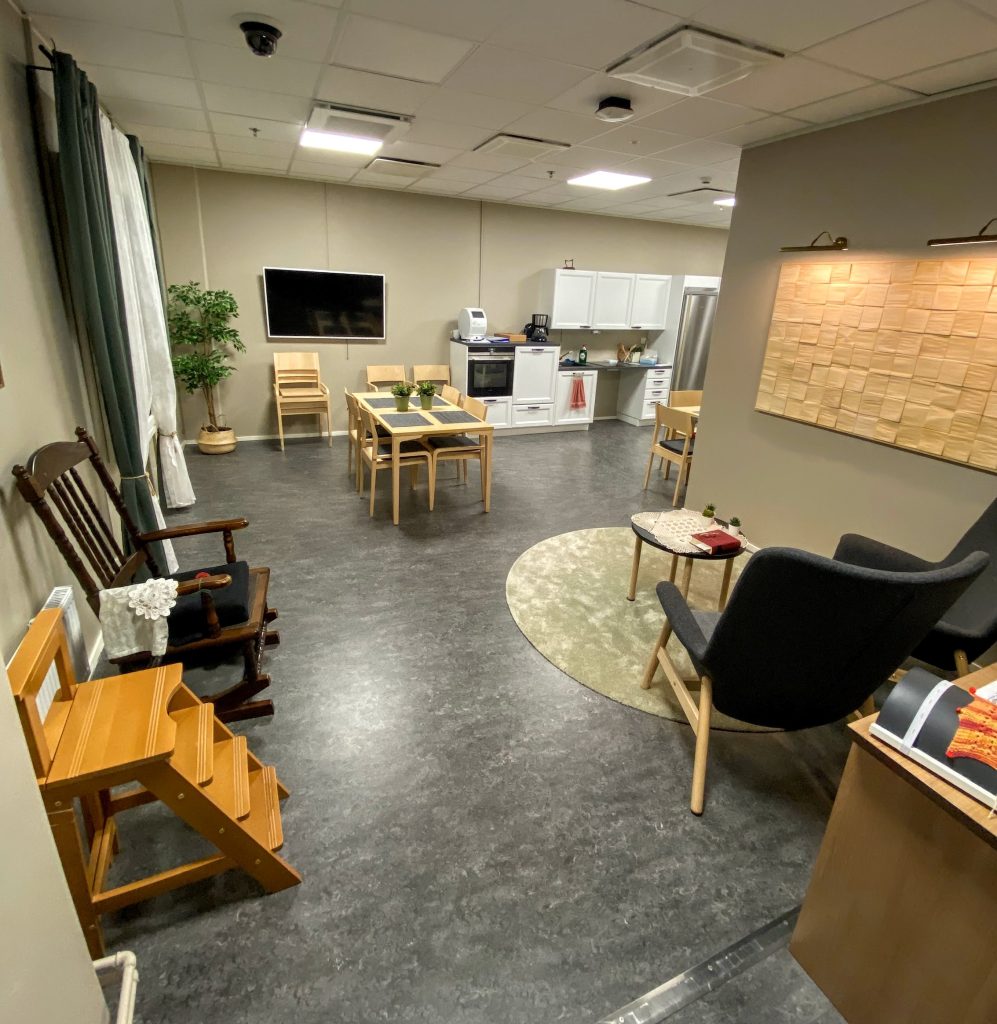Written by physiotherapy students Sangita Gurung and Iqra Batool
There is a reason that we humans are the smartest creatures in the world. Because we have acquired skills and knowledge that has helped us to progress and develop further. The key element needed to acquire such smartness is called education that has provided us with the knowledge of surrounding world and environment. Each country or culture have their own set of rules and curricula in their education system. Here we provide few examples of how education is provided to students in different environment and how each system differs vastly from one another. We have interviewed students coming from different part of the world and asked them about their experiences of education in their home countries.
Q1. What are your thoughts about schooling system in your country?
Rassendyll (Cameroon): School provide good theory-based education and the student are very knowledgeable with theory content of the topic or subject. There is still lack of practical training because of lack of funding. In his personal experience the school or university environment was very active and a lot of interaction and exposure to different things were provided to him. He went to boarding school where he told us he learns skills like personal hygiene and organizing skills. He thinks that the skills he has today is all thanks to his exposure in his schooling days and it help him right now in his life either it is related to his personal or educational life.
Karolina (Czech Republic): She mentioned that education is free in her country but way stricter according to her experience. According to her, methods of teaching is old school and memorizing the information is given priority over learning the actual thing. They had very frequent exams both written and oral throughout the semester. They are always graded for all the exams and the 1 is the best grade while 5 is the worst. Student does not have voluntary choices of the subjects as everything was mandatory. According to her the student are in constant pressure to be able to cope up and keep up with the pace of study.
Matilda (Finland and Luxemburg): She had two different experience of schooling system and they were very different from each other. She had her primary education first in Finland and then her family moved to Luxemburg and then she started her schooling there. She mentioned that here in Finland children usually choose the school which is near to their area and learning environment is more relaxed as they do not pressure the children. Her experience in Luxemburg was very vastly different as school is chosen by parents according to their wishes that means it can be very far from their home and need longer time just to travel to and from the school. Studying environment was very strict and competitive. Children are examined and tested very often and are graded. Very long school days and you are forced to learn languages as you must at least know 3 languages in minimum. Studies were provided on the languages that you choose already at the beginning of your school first year. The education system was bit complicated as well. Most of the family comes from very prestigious professional background so the children had very much influence from early childhood. The school was very academic.
Q2. What are your thoughts about education system here in SAMK?
Rassendyll: Education in SAMK is job oriented basically the aim is to make sure that each student graduating from SAMK finds a job very easily and quickly. Overall, education/training is based on what is needed in that profession precisely. According to him, SAMK provides more practical training together with theory in each field, which is a good learning experience and gives motivation to learn new skills and earn new knowledge. Practical training makes a student be ready for work life which is great aspect in SAMK education. He as well mentioned that SAMK education is more focused for Finnish market. They target the job, employment for Finnish market. It would be great that the focus can be widen to more international market.
Karolina: She mentioned that the studying environment is much easier here in SAMK, teachers are friendly, and they treat you equally. The focus of school is to help everyone to graduate. The school is modern and well equipped. Everything works smoothly here and is nice. Student events and organizations are a plus point.
Matilda: She told us she had very good experience so far within SAMK and its education system. It is impossible to fail here which means teacher encourages us to pass and graduate and give all of us fair chances to succeed. Teacher and staff are supportive. Food is cheap as well.
Q3. How do you compare both education systems?
Rassendyll: According to his experience he told us back in his country social activity, interaction plays a huge role and is part of education system. They had various clubs’ activity provided to student for enhancing their additional skills. They had journalism club, sports club, writing club and many more kind of clubs provided by universities to students, and it helps their social skills as well. While in SAMK he has not been exposed to any kind of these activity and even though there are games and social event parties they are very closed group.
Karolina: She told us sometime forced environment prepare you for upcoming life difficulties. According to her even though things were hard and pressurized during her academic year in her country still it has taught her various skills that is useful now in her life. While in SAMK she said she has right to choose that put her to ease.
Matilda: She said both schools have its own strength and helped her to develop. She said the schooling in Luxemburg made her competitive and she gained language skills while in SAMK you have right of choice. Workload in SAMK is easier and you have free days which help student to work on their pace instead of pressurizing themselves. But sometimes she finds herself less motivated to use free independent time to study as she need push from within herself.
Wao, amazing! Each of their experiences differ so much from each other and from SAMK education system. Almost all of them have had strict school environment which has affected their future greatly, in some ways the effect has been positive while in other ways it’s been negative. Having a strict environment helps the student to be well-behaved, responsible as well as improve social and personal skills while on the other hands it can also have negative effect especially in regards with mental health.
In our opinion, it is important to make sure that the schooling being provided to students should be thoroughly planned and implemented with giving equal rights to all students. Students do not learn by memorizing subjects or studying theories, they learn by understanding and practicing their skills to be able to become successful in life. They deserve to be given choices and chances in life to find the best and suitable career for themselves. It is important to motivate them instead of being too strict with rules which often results in demotivation of learning new things. With that being said, rules and regulations are extremely important to be able to make a system work and to be able to teach students the values and its importance. Rules are important but students’ wellbeing should not be affected by those rules.
With this, we would like to end this blog here by saying thank you to the readers. We would like to mention to the readers that everything written in this blog is pure personal opinion and personal experience of different students. Hope you enjoyed reading😊.




